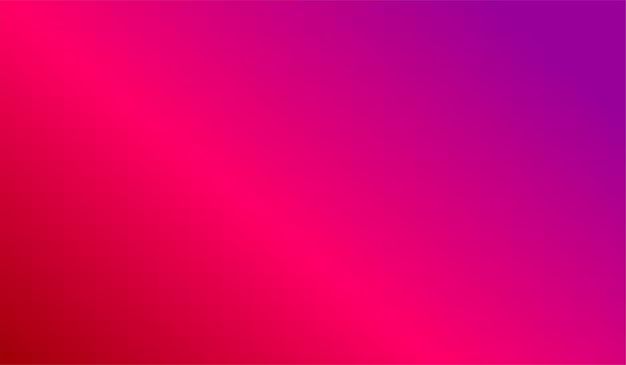Magenta and red-violet are two colors that can appear similar but have some distinct differences. Understanding the specifics of each color can help determine if they are the same or just closely related shades.
Defining Magenta and Red-Violet
Magenta is a color made by mixing equal parts red and blue light. It is located exactly opposite green on the color wheel. Magenta is considered a primary color in the CMYK color model along with cyan, yellow, and black.
Red-violet is a tertiary color created by mixing the primary colors red and blue. It sits between red and violet on the color wheel. Red-violet is also known as purple or violaceous in some color terminology.
RGB and Hex Values
The RGB values help differentiate magenta and red-violet:
| Color | RGB Values |
|---|---|
| Magenta | R: 255, G: 0, B: 255 |
| Red-Violet | R: 199, G: 21, B: 133 |
As seen, magenta has full red and blue values while red-violet has lower amounts of red and blue mixed together. This results in the red-violet appearing less saturated.
The hex triplets also highlight the distinction:
| Color | Hex Code |
|---|---|
| Magenta | #FF00FF |
| Red-Violet | #C71585 |
Magenta contains equal parts red and blue at full saturation while red-violet has less red and blue in its hex values.
Color Mixing
Looking at how the colors are created also shows the relationship between magenta and red-violet:
- Magenta is made by mixing full, saturated red and blue light.
- Red-violet is made by mixing reddish-purple and violet light in varying proportions.
While both contain red and blue components, magenta uses full saturation while red-violet mixes desaturated versions to tone it down.
Lighting Conditions
The lighting conditions can impact how magenta and red-violet appear:
- Magenta retains its bright, saturated appearance in all lighting.
- Red-violet can look more muted and greyed out in dim lighting.
- Direct sunlight brings out the vivid tones in red-violet.
Magenta’s full pigmentation makes it less prone to shifting under different lighting. Red-violet’s mixture can cause it to appear washed out in certain conditions.
Use in Design and Fashion
In design and fashion, magenta and red-violet serve different roles:
- Magenta makes a bold, eye-catching accent color.
- Red-violet blends better as a softer, elegant shade.
Magenta’s pure hue gives it a playful, striking pop. Red-violet’s subtle mix allows it to act as a cooler, more delicate touch of color.
Psychological Effects
The psychological effects of the two colors also differ:
| Color | Psychological Effects |
|---|---|
| Magenta | Energizing, rejuvenating, sense of playfulness and fun |
| Red-Violet | Thought-provoking, mellowing, promotes spirituality |
Magenta’s vibrant energy contrasts with red-violet’s contemplative and mystical associations. These psychological properties give each color unique moods.
Natural Occurrences
In nature, magenta and red-violet appear in distinct sources:
- Magenta is not found in the natural world as a spectral color.
- Red-violet occurs in certain flowers, minerals, and animal species.
While not a naturally occurring spectral wavelength, magenta can be approximated by mixing red and blue wavelengths. Red-violet appears directly in natural elements like manganese minerals, orchids, and bird plumage.
Conclusion
In summary, magenta and red-violet share similarities as reddish-purple hues but have notable differences:
- Magenta has full red and blue saturation while red-violet is a desaturated mix.
- Magenta maintains its bright presence across lighting while red-violet can appear washed out.
- Magenta serves as a bold pop of color whereas red-violet is more elegant and subtle.
- Magenta energizes while red-violet promotes introspection.
- Magenta is an artificial color while red-violet occurs directly in nature.
So while the two colors can sometimes look alike, magenta and red-violet are unique shades with their own characteristics and uses.


